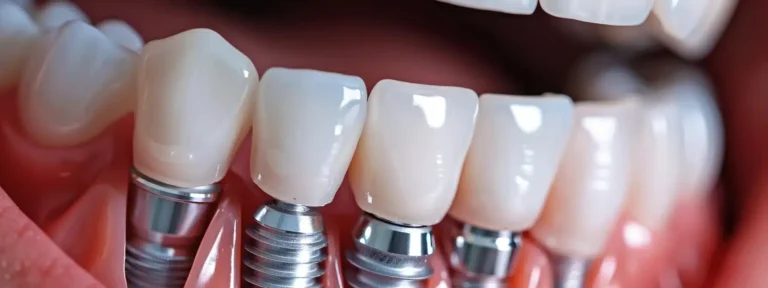How To Choose the Right Orthodontist for Your Child

Finding the right orthodontist for your child is a decision that will impact their oral health and confidence for years to come. The field of orthodontics offers various treatment options, but selecting a qualified professional who understands children’s unique needs is valuable. This process requires careful review of credentials, treatment approaches, and the overall practice environment so that your child receives the best possible care.
What Qualifications Should You Check?
When evaluating potential orthodontists, thoroughly verify their educational background and professional credentials. Look for practitioners who have completed specialized training beyond dental school.
Key qualifications to verify include:
- Board Certification: The American Board of Orthodontics certifies orthodontists who meet rigorous standards. This voluntary certification demonstrates commitment to excellence and ongoing education in orthodontics practices.
- Educational Background: Verify the orthodontist completed an accredited orthodontics residency program after dental school. These programs typically require two to three years of specialized training focused on tooth movement and facial development.
- Professional Memberships: Active membership in organizations like the American Association of Orthodontists indicates the practitioner stays current with industry developments. These memberships often require continuing education to maintain standing.
- Years of Experience: While newer practitioners can be highly skilled, experience treating children matters explicitly. Ask about the orthodontist’s experience with pediatric cases and their comfort level working with young patients.
What Treatment Options Are Offered?
A comprehensive orthodontic practice should offer multiple treatment approaches to address different needs and preferences. Modern orthodontics has evolved beyond traditional metal braces to include various options that can make treatment more comfortable and appealing for children.
Available treatment options typically include:
- Traditional Metal Braces: These remain the most common and effective option for complex cases. Today’s metal braces are smaller and more comfortable than previous versions, making them suitable for most orthodontic issues.
- Clear Ceramic Braces: These braces function similarly to metal ones but utilize tooth-colored brackets that blend seamlessly with natural teeth. They offer a less noticeable appearance while maintaining effectiveness for comprehensive treatment.
- Clear Aligners: Systems like Invisalign Teen provide removable, nearly invisible treatment options. These work well for mild to moderate cases, allowing for easier maintenance of oral hygiene during treatment.
- Early Interceptive Treatment: Some orthodontists offer Phase I treatment for younger children to address developing dental and orthodontic issues. This approach can prevent more complex issues and reduce overall treatment time later.
The orthodontist should clearly explain the benefits and limitations of each option. They should also discuss treatment duration, maintenance requirements, and costs associated with different approaches to help you make an informed decision.
Why Does Office Environment Matter?
The practice environment has a significant influence on your child’s comfort level and treatment success. A welcoming, child-friendly atmosphere helps reduce anxiety and creates positive associations with orthodontic care. Observe the office layout, cleanliness, and staff interactions during your initial visit. The reception area should be organized and comfortable, with age-appropriate reading materials or entertainment options. Clean, modern equipment indicates the practice invests in current technology and maintains high standards.
Staff members should demonstrate patience and skill when interacting with children. The orthodontist and assistants should explain procedures in age-appropriate language and show genuine interest in making your child comfortable. Think about whether the practice offers flexible scheduling that accommodates school hours and family needs.
Consult an Orthodontics Provider
Choosing the right orthodontist involves researching and evaluating several factors. Schedule consultations with qualified practitioners to compare their approaches, facilities, and communication styles. Ask specific questions about their treatment plans and emergency care procedures. When age-appropriate, involve your child in the decision, as their comfort with the orthodontist and office can significantly influence the success of their treatment. Ultimately, trust your instincts to select the practice that feels like the best fit for your family’s needs.
- What to Expect When Visiting a Foot and Ankle Specialist
- Causes of PTSD
- The Link Between Plantar Fasciitis and Weight Gain: What You Need to Know
- How Pet Ownership Can Positively Impact Life with Fibromyalgia
- The Importance of Stretching and Flexibility in Sports Medicine
Dr. Emma Green is a health and wellness expert with over 10 years of experience in nutrition and fitness. Passionate about helping others live their healthiest lives, Dr. Green shares practical advice on wellness, nutrition, and sustainable living through LivingSpristine.






